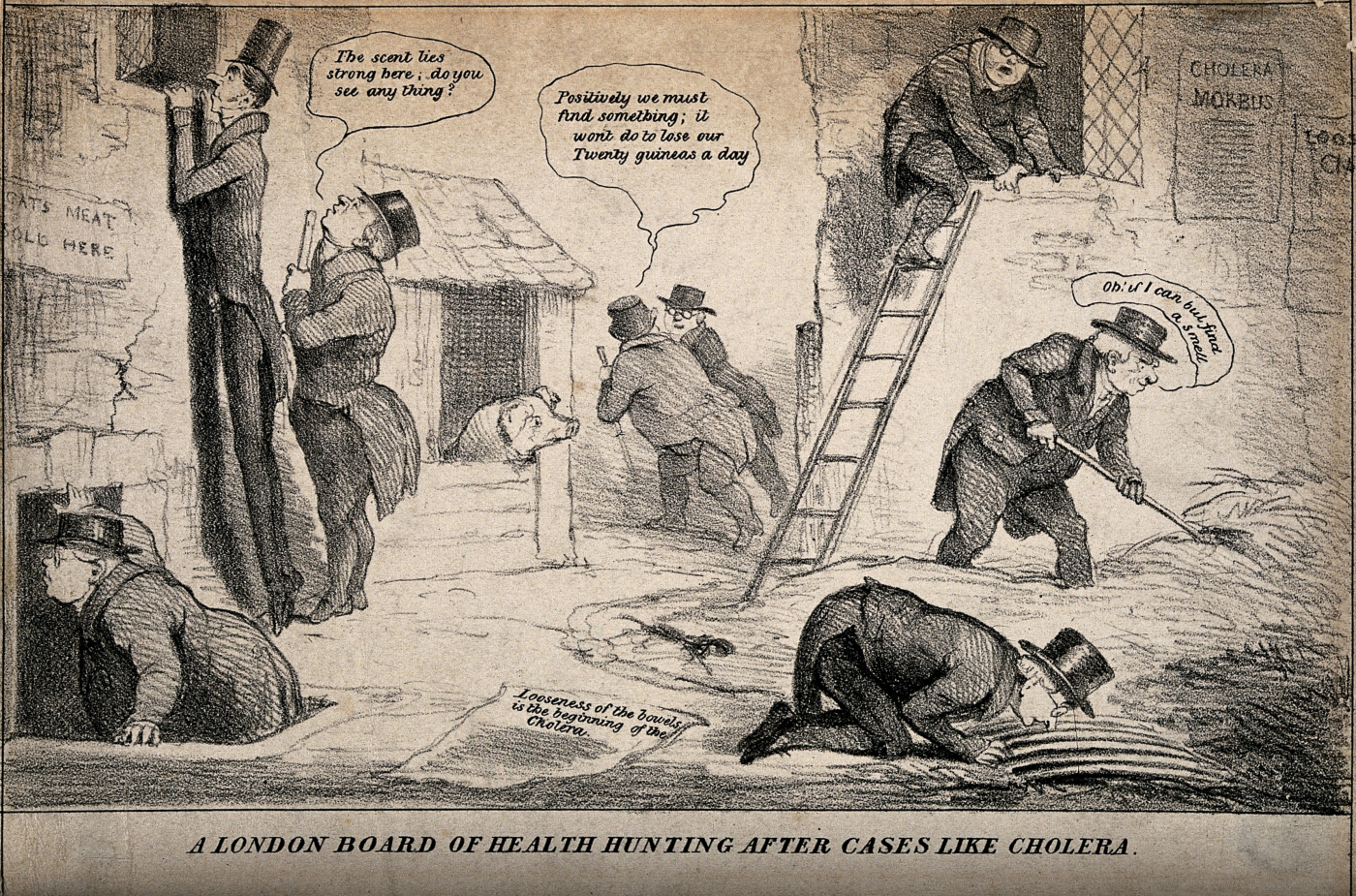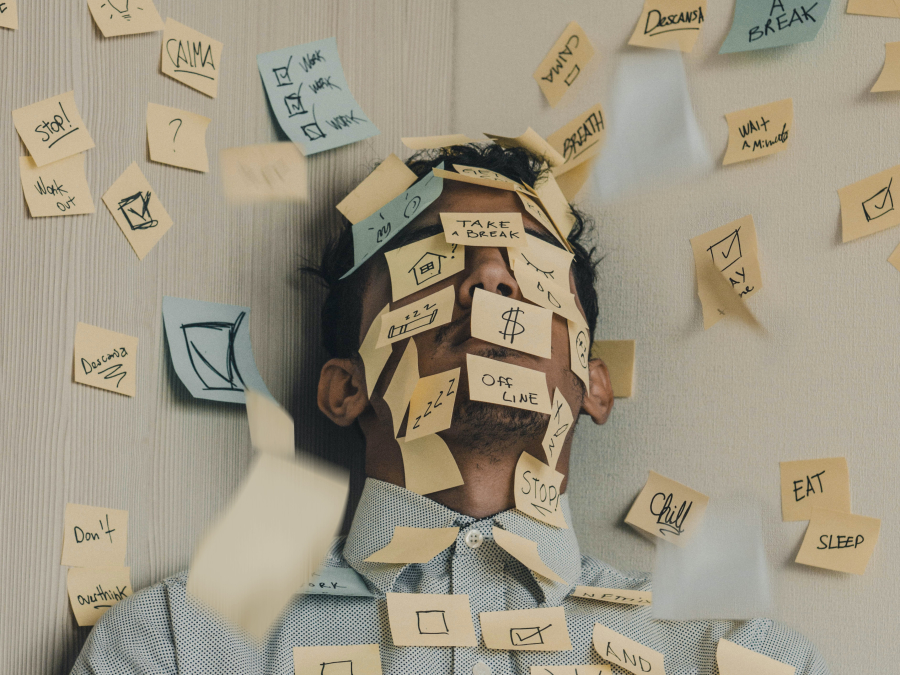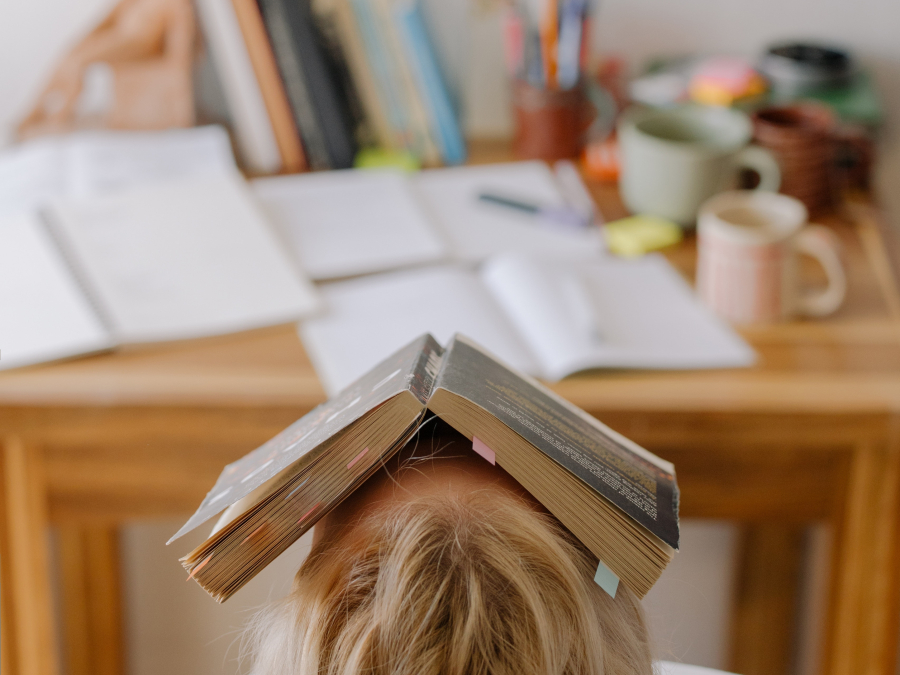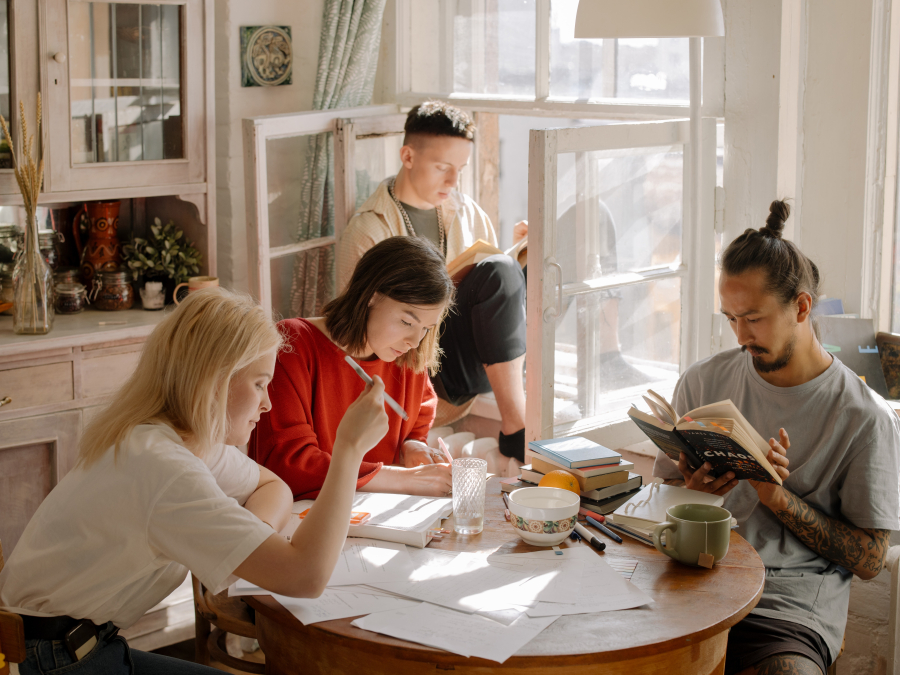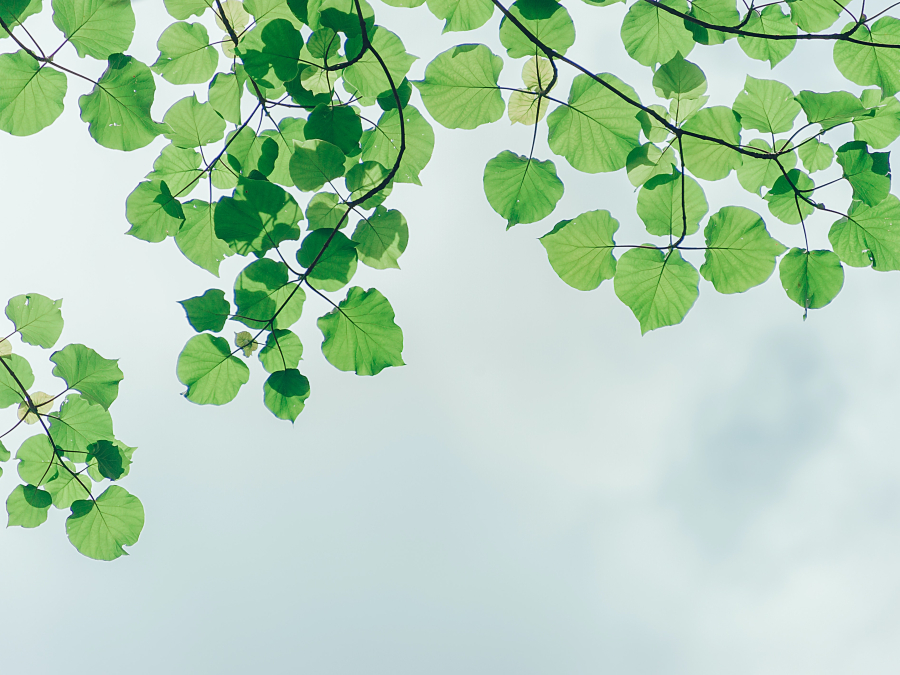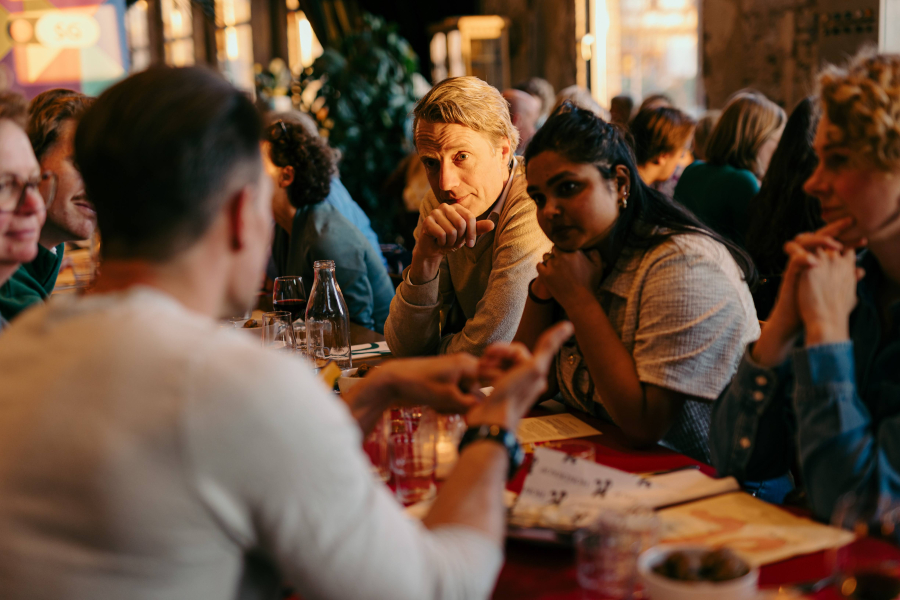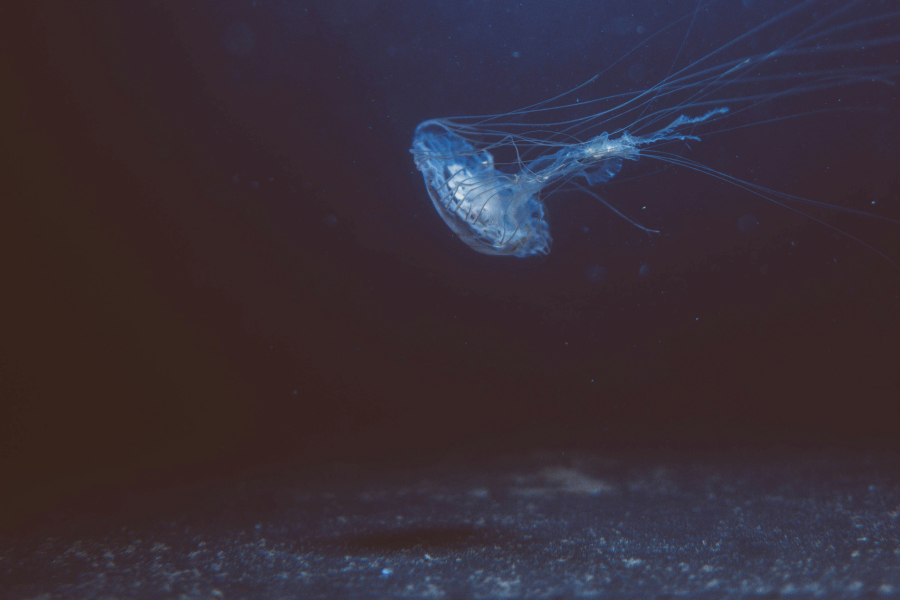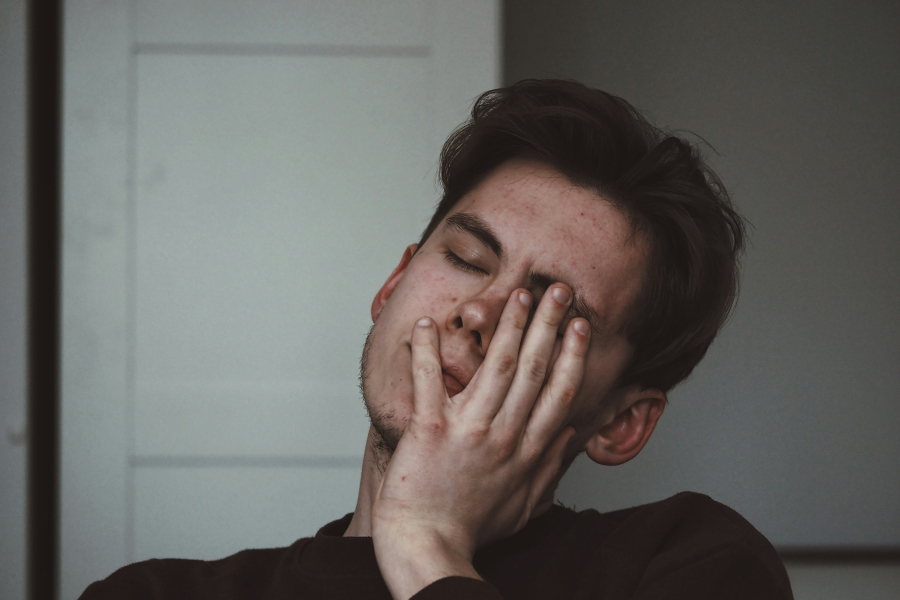Every little thing is a gonna be alright
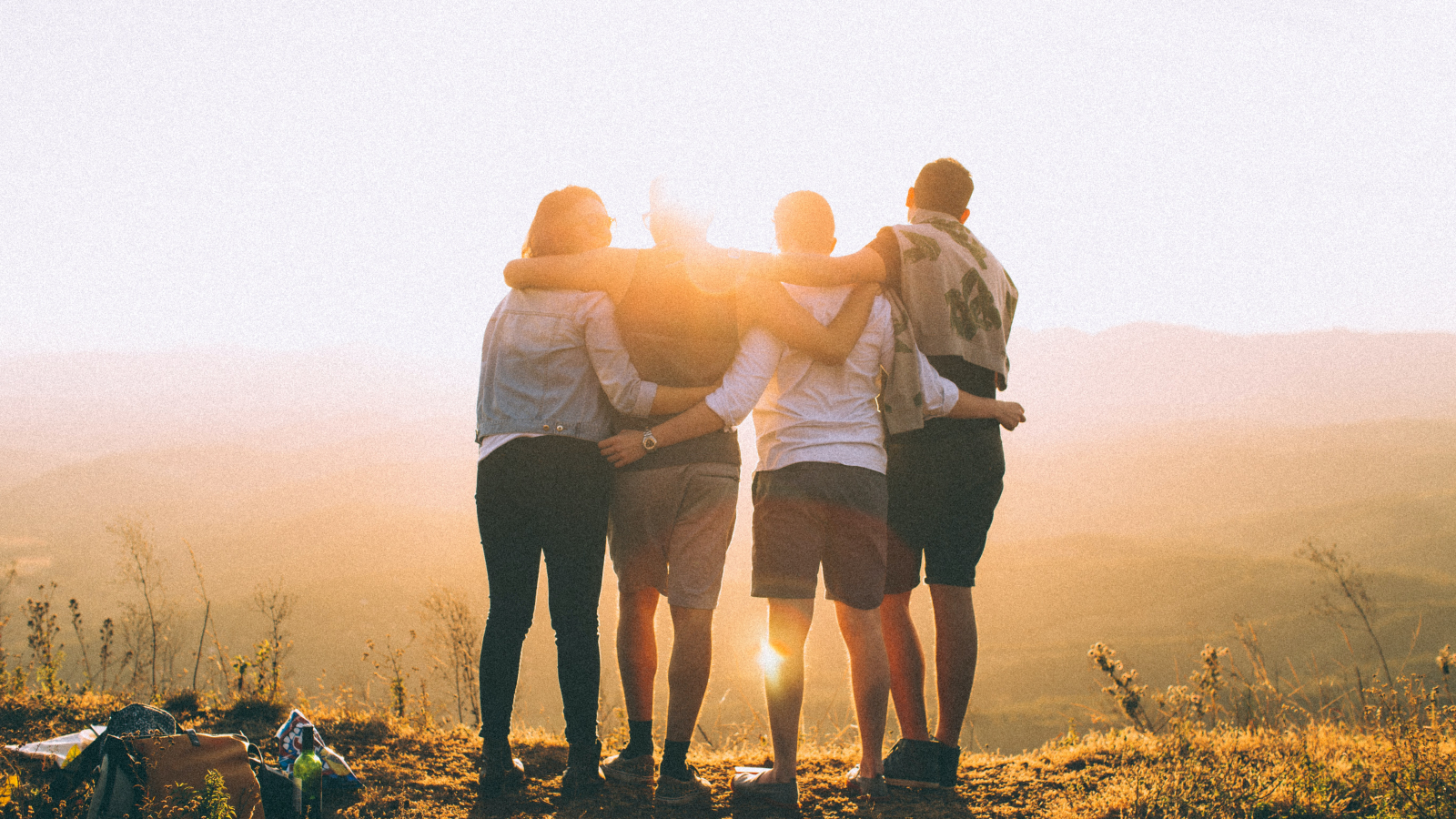
The evening curfew is a thing of the past, the gyms and restaurants have reopened, and currently 27,5% of the Dutch population is fully vaccinated: things are looking up again. We all fantasise about the near future: how will it be, when there are no longer any restrictions in place? Will this kick off a new roaring twenties, or will we rather forget about this pandemic as soon as possible? Will we be working full time again at the office and all jump on a plane to the nearest holiday spot? Or will this pandemic turn out to be the ultimate moment for reflection?
In this last article of the series about students' wellbeing we will not only take a closer look at the history of pandemics, but also speculate about our future. This "new normal" everybody is talking about: what will it look like?
"It will become stories we shall tell our kids."
- Student
Back in time
This is not the first time humanity has had to deal with an epidemic: every century has it own. Literary history professor Lotte Jensen (RU) has found remarkable similarities between the current corona pandemic and the 19th century cholera epidemic in our country. Just like now, citizens felt like they were fighting against a common enemy, which led to feelings and actions of solidarity and charity. But as discontent grew, cholera riots and civil protests against the government's measures emerged. Even singing in times of calamity has been around for centuries: there are records of a cholera song, dating from 1848.
It is not surprising that there are this many similarities between the two periods. According to historian Charles Rosenberg, every epidemic follows a set structure. In the article What is an Epidemic?, he compares this structure to a play. In the opening act, the first suspicious cases come to light and more and more people start dying: the illness will be reluctantly accepted. Act two constitutes the research into underlying medical and social causes, and how the disease was able to settle in society. In the final act, the epidemic is no longer a mere medical disaster, but has evolved political, societal, and economic aspects as well. As the disease has now seeped through all dimensions of our lives, its end will be as difficult to determine as its beginning. No one will know exactly how and when. But, just as its predecessors, this pandemic too will end, Lotte assures us.
Go with the flow
For many of us, the moment the vaccine enters our body or final restrictions are released will mark the end of this pandemic. At the same time, we must be aware that although the medical epidemic might be under control, the societal, economic, and political consequences will linger on. Most students do realize this, because when I asked them if the pandemic will have a lasting consequence, 93% answered "yes". Lotte agrees: "the pandemic will impact every generation in a different way, but I am sure every single one of us will take it with us to the future." Still, most students remain optimistic about this future. Dr Gonneke Stevens (UU, Interdisciplinary Social Sciences) affirms this. She studies the wellbeing of adolescents in the Netherlands (16-26 years old) with different social demographical backgrounds. "Young people hardly feel that COVID-19 is having an impact on their thoughts and feelings about their future. Yes, they are aware of the consequences, but they really see the pandemic as a temporary situation. They have faith in the future, and they just go with the flow."
"It might as well be that this situation will linger on for another year, but it is becoming more and more normal like this."
- Student
The new normal
I asked every scientist and expert I talked to in this series: "How do you see the future?" Although no one was completely sure about it, everyone had their own ideas. Student psychologist Jerre, whom I talked to for the first blog, is mostly hopeful: "There will be a negative aftermath I am sure, but I think that when we are allowed to do things again and the pandemic will be behind us, we will be able to go into the future in a very positive manner." Beate, who is specialized in friendship networks, agrees: "We will be okay again: we will resume our lives together. I do think there will remain a certain distance between people. We will think twice before shaking hands again or giving each other a hug or three kisses. We need to get used to this new situation, in which we are able to do everything again after such a long time of abstinence."
A recent article in Volkskrant states: "the longer we live in seclusion, the more we adapt to it. A lack of social contact is the new standard nowadays." In line with this, biological psychologist Peter emphasizes that we must continue to pay attention to ourselves and others when all the parties start, the lecture halls fill up and our social life unfolds again. Literary history professor Lotte agrees: "We want to act as if nothing is wrong as soon as possible, but there is absolutely no need for that." The experts therefore find a new roaring twenties unrealistic. "This pandemic is taking too long to start a roaring twenties," said Beate. Experimental psychologist Anouk, whom I spoke to about intimacy for the third blog, also does not see the benefits: "We really cannot afford that anymore. Maybe a more sustainable version?"
"A yearly week of lockdown would actually not be a bad idea. One week without work, no shops, no social obligations, no lectures. An obligatory week to think about our lives."
- Biological psychologist Peter Bos
Lessons learned
People from all over the world are already thinking about ways to commemorate the pandemic, either physically or digitally. That is a good thing, because it allows us to keep remembering how COVID-19 has taken, changed, and influenced our lives. Still, I think the greatest legacy of the pandemic will be the things we, either as individual or as society, might have learned or realized. How essential education and care is for all of us. How important our friends and family are to our wellbeing and happiness. How privileged we are to live in a society in which we can afford to make the sacrifices we had to make in the past year. And the impact we humans have on the earth. Because, as an article in De Groene Amsterdammer stated: "the awareness of the past influences our behavior in the present and the future." So instead of focusing on the collective "new normal", we should ask ourselves: what do I want my future to look like?
--
How is it really going with our students? In this series of five articles, I talk with students and scientists in search of answers, scientific explanations, and useful tips. What impact does the pandemic have on the wellbeing and development of students? How does a lack of touch and intimacy affect you? How do the students like the online classes? And what does the "new normal" look like?

